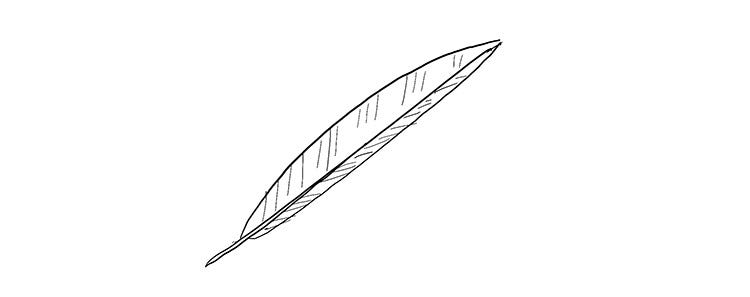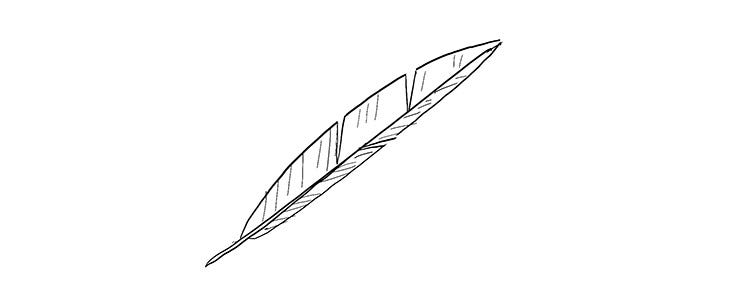In the last letter I recounted the excitement in getting to California but I neglected to spend any time discussing some of the amazing stuff to be found in that storied land.
Each morning my wife and I would have our morning coffee and then take a relaxing walk to a wildlife rehab and education place (the Lindsay Museum) and that trip always contained two highlights. The first, and a must-stop for us - were the chicken/duck houses. Two private homes that were keeping the old ways alive and raising their own chickens.
Yet what is this? As we came up to the first House O’ Chickens we heard not a peep. And no cock a doodle dooing either. Yet it was at this house that the loud-beaked rooster who ALWAYS let his presence be known resided. I looked over the high fence and what did I behold? Not only no rooster but no personal rooster coop. The chicken coop was still there but … no chickens. Oh no! Did someone new buy the place? Did this presage anything ominous regarding our favorite House ‘O Chickens, the one a block further down the street?
Apparently not. As we approached I heard a loud cock a doodle doo, followed by a second and then a third. Very curious, since in the past no rooster had ever been resident amongst the bevy of chickens. I’d even spoken with the owner, who had informed me that hers was a rooster-free zone. All the chickens were there simply to lay eggs as they wished and otherwise to just do chicken things.
But clearly a rooster was there now. I whipped out my phone and managed to record him as he gave voice to his final doodle of the day:
Pretty classic, eh? Frustrated by not getting as clear a view as I’d hoped, I continued filming clips but he remained resolutely silent. EVEN when exposed to my own super-realistic rooster call to encourage him:
The rest of his harem simply paraded around clucking, as in the past. All of them cute but our favorite was Mrs. Pants:
Once we’d satisfied our “let’s look at chickens being chickens” desires, it was off to the Lindsay. There were two residents stars there that we looked for every time we visited. The first probably has a name but he’s never told us what it is. His aviary is way up on the second floor and so we can only grab shots of it through the bars that keep him safe from the nasty outside world:
See? He’s obviously happy to see us! As you can deduce, he’s an American eagle, and I’m sure he’s a fully majestic one at that.
Have you ever heard an American eagle’s cry? It’s remarkably non-impressive. It sounds like a dog’s squeaky toy. I’m sure that to another eagle it sounds amazing but really, looking at him I’d have expected something like a harpy’s scream but what he gives is at best characterized as a loud chirp. I’d offer a sound clip but, of course, just like his rooster pal he clammed up when I tried to record him.
However, the REAL star of the trip was Lord Richard. He’s the oldest turkey vulture in the world! At least the oldest validated since he’s been known since he came out of his shell. And this year is his 50th birthday!! Not bad. He doesn’t look a day over 35:
This is him having his morning warm-up. I used to see the turkey vultures doing this all the time when I was cycling up Mt. Diablo in the California outback. Generally a row of them on a fence post, all doing their best to soak up those rays and get the old metabolism going.
The Mt. Diablo snakes did the same, except they did it by lying on the asphalt, and I’ve escorted quite a few across the road lest they be squashified by an early morning motorist or cyclist. Guys like this:
I named him Ronnie but he didn’t stay with me long. Left to join a mariachi band as their percussionist.
But before we leave the subject of birds completely, I think it’s time for a tiny touch of Bird Trivia. And if you already know it - sorry about that in advance.
And the trivia is this. Did you know that bird feathers have evolved to have a biological zipper? If you’ve ever examined a feather, you know they look like this:
but if you mess with them they can end up looking like this:
That second version isn’t so great for everything feathers are designed to do and changing the messed up version back to the lookin’ fine version is what’s going on when birds preen themselves. Or at least ONE of the tasks they’re accomplishing.
However - why does it work? Why does the broken apart bit of feather reattach itself? The answer is - barbules.
The elements of the feather make up the “blade” are called barbs. They’re the “branches” that come off from the central shaft. All along these barbs are smaller barbs, like twigs. Or more precisely like the teeth of a zipper. Along with surface irregularities along the barbules (hooks), these itsy bitsy pieces grab together when given half a chance. And that’s what happens when the feather is preened. The bits are reunited and hold together.
To push the zipper analogy, hard use unzips the zipper and preening does what we do when we reinsert the end of the zipper and pull it up. The sweater’s zipper re-closes.
A pretty amazing solution to the problem of creating a repairable wing surface.
And to think that entire structure used to “just” be a scale in the bird’s distant ancestor. Given enough time, we’re told monkey could come up with all the works of Shakespeare and even more quickly that that we can go from a scaled, earthbound lizard to a dazzling array of airborne birdies.
And so, on to Nicky.
Nickyitis
Time for some glimpses into a typical Nicky day:
Yup, that’ll be it for now. Unless you’ve got some bird stories you’d like to share …














I’ve never been to or heard of the Lindsay Museum, but it seems like a good place to observe wildlife and find material for a blog or cartoon. I haven’t any bird lore to share. Our neighborhood is overrun with noisy crows, but at night I hear owls hoo-hoo-ing in the Eucalyptus trees. Never have seen one, but the sound is more welcome than the revving engines of late-night partygoers.
Apparently owls can fly silently.
https://www.instagram.com/reel/C1fPg0hrMMI/?igsh=MWI0dzE0eGFwbjQxMA==